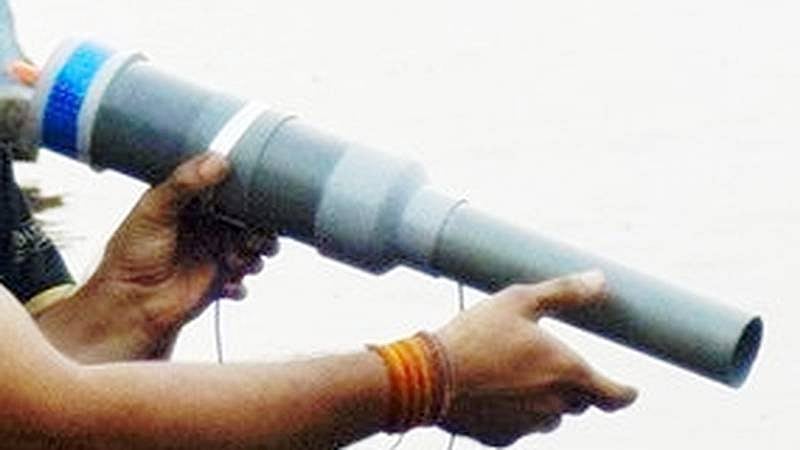Nation
Delhi: AIIMS reports first cases of eye injuries from carbide guns, doctors call for ban
The hospital received 190 cases of eye injuries during the Diwali period this year — a 19 per cent increase from last year

For the first time, the AIIMS (All India Institute of Medical Sciences), Delhi, has reported cases of eye injuries caused by carbide guns during Diwali festivities — a dangerous new trend that ophthalmologists say warrants an immediate ban on the manufacture, sale, and use of such chemical firecrackers.
According to doctors at the Dr Rajendra Prasad Centre for Ophthalmic Sciences, the national referral institute for ocular trauma received 190 cases of eye injuries during the Diwali period this year — a 19 per cent increase from last year’s 160 cases. Of these, 18–20 patients were injured by carbide guns, a crude, home-made device.
“This time, we witnessed a disturbing trend — severe chemical burn-like injuries caused by carbide guns,” said Dr Radhika Tandon, chief of the R.P. Centre. “These devices cause powerful blasts that release metal hydroxide fumes, and fragments from the pipe act as shrapnel, leading to devastating ocular damage.”
Carbide guns, originally used by farmers to scare away monkeys and birds, are made using PVC pipes and calcium carbide, which produces acetylene gas upon contact with water and explodes when ignited. Experts warn that plastic shards and toxic fumes released during these blasts can cause permanent corneal damage and irreversible visual loss.
“We have seen patients with corneas turned white and studded with foreign particles,” Dr Tandon said. “Such explosions cause severe thermal and chemical burns, leaving little chance of full visual recovery.”
Dr Namrata Sharma, professor at the R.P. Centre, said many children and adolescents are learning to make carbide guns online, following videos circulating on social media. “This dangerous trend must be checked immediately. Awareness campaigns should begin at the school level,” she said.
Published: undefined
Of the 190 ocular injury cases at AIIMS, 44 per cent were from Delhi-NCR, while 56 per cent were reported from neighbouring states, primarily Uttar Pradesh and Haryana.
According to Dr Sharma, 17 per cent of patients suffered bilateral eye injuries, and 44 per cent sustained open-globe trauma requiring emergency surgery to preserve vision. The rest suffered chemical burns and blunt trauma from sparks, debris, or toxic gases released by firecrackers.
The free availability of banned or uncertified firecrackers in nearby states significantly contributed to the rise, she added.
In Madhya Pradesh, more than 100 children aged between 8 and 14 were hospitalised in Bhopal and Vidisha districts with similar injuries caused by carbide guns this Diwali.
Doctors said the Supreme Court’s relaxation allowing the use of certified green crackers in Delhi and NCR this year may have inadvertently encouraged misuse, as banned varieties remained accessible.
“Many patients are still reporting late, often referred from peripheral hospitals. In several cases, the damage is irreversible,” Dr Tandon said, adding that the visual prognosis in such injuries remains “very guarded”.
Experts have urged interstate coordination to enforce firecracker bans, monitor online sales, and prevent chemical-based or home-assembled devices from circulating.
“It is imperative to promote responsible celebration, strict regulation, and awareness to prevent avoidable blindness and ensure a safe, environmentally conscious Diwali,” Dr Sharma said.
With PTI inputs
Published: undefined
Follow us on: Facebook, Twitter, Google News, Instagram
Join our official telegram channel (@nationalherald) and stay updated with the latest headlines
Published: undefined